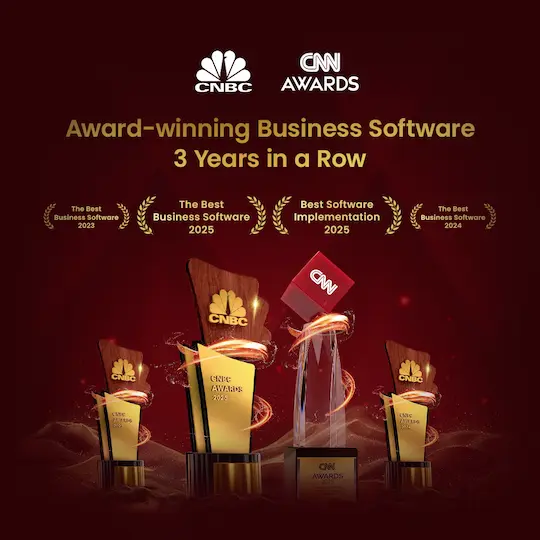Have you ever wondered why your procurement costs keep rising despite implementing strict policies? The cause may be what is known as Maverick Buying. This occurs when employees make purchases outside of approved processes or designated vendor lists, disregarding established controls.
While it may seem like a quick fix for urgent needs, Maverick Buying can lead to serious issues such as higher costs, compliance risks, and a lack of transparency in spending.
In this article, we will explain what Maverick Buying is, why it matters, and practical ways to prevent it. Keep reading to discover strategies that can save your company time and money and avoid unnecessary problems.
Key Takeaways
|
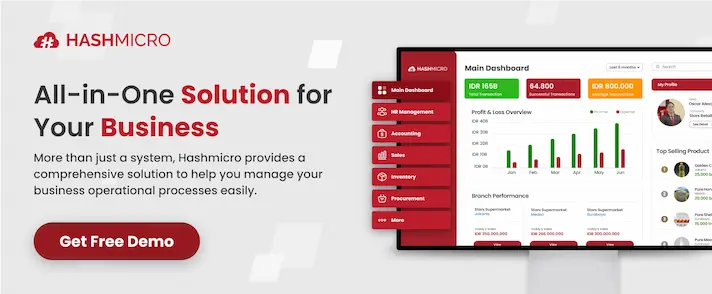
What is Maverick Buying? Definition and Risks
Maverick Buying is the practice of purchasing goods or services outside a company’s approved procurement process or negotiated supplier agreements.
In a corporate environment, this typically occurs when employees bypass the established system such as an ERP or e-procurement platform and make direct purchases from vendors of their choice.
While the intent may be to speed up operations or handle urgent needs, this behavior undermines the organization’s procurement strategy and financial governance.
The Key Risks of Maverick Buying
Although purchasing Maverick may seem like a quick solution to urgent needs, it carries several risks that can have a significant impact on the company’s financial health, compliance, and operational efficiency. Here are the critical risks that businesses should consider:
1. Increased procurement costs
When employees bypass negotiated contracts, companies often pay higher prices for products and services. This also eliminates the benefits of volume discounts and long-term pricing agreements, resulting in unnecessary cost escalation that directly impacts profit margins.
2. Compliance and regulatory issues
Unauthorized purchases can lead to violations of internal procurement policies or industry-specific regulations. In highly regulated sectors, this may result in failed audits, fines, or even legal consequences, putting the company’s reputation at risk.
3. Lack of spend visibility
Off-contract transactions make it difficult for finance and procurement teams to track expenses accurately. This lack of transparency complicates budgeting, forecasting, and cost-control efforts, leading to inefficient financial management.
4. Operational inefficiencies
Maverick buying often creates fragmented procurement processes. This can lead to duplicate orders, inconsistent product quality, and delivery delays, ultimately disrupting workflows and reducing productivity across departments.
5. Damaged supplier relationships
When employees ignore approved vendors, it weakens strategic partnerships that companies have worked hard to build. Over time, this can affect contract negotiations, supplier loyalty, and even access to favorable pricing or priority service.
Problems and Impact of Maverick Buying
Unauthorized purchasing, often referred to as Maverick Buying, might appear harmless at first. However, its effects go beyond breaking procurement rules.
These problems can strain budgets, disrupt operations, and weaken supplier relationships, ultimately putting business performance at risk. Let’s break down the most significant issues and their impact on organizations.
1. Budget overruns and uncontrolled spending
When employees bypass approved purchasing channels, the company loses control over spending. This often leads to budget overruns, missed negotiated discounts, and higher costs for goods or services that could have been purchased more economically through approved vendors.
2. Audit failures and legal consequences
Unauthorized purchases can create gaps in compliance documentation, making audits more complicated and potentially resulting in failures. In industries with strict regulations, this could escalate to legal penalties, fines, and reputational damage.
3. Fragmented financial data
When spending occurs outside the ERP or procurement system, financial data becomes incomplete and inaccurate. This lack of visibility makes it harder for finance teams to manage cash flow, forecast budgets, and make informed decisions.
4. Broken procurement processes
Maverick Buying undermines standardized procurement workflows. It leads to duplicate purchases, delivery delays, and inconsistencies in product quality, all of which reduce operational efficiency and increase risks in the supply chain.
5. Loss of strategic supplier benefits
Approved suppliers are carefully selected to provide quality, reliability, and cost advantages. When employees ignore these partnerships, the organization risks losing negotiated terms, preferred pricing, and priority service from key vendors.
Example of Maverick Buying

Even in large organizations with sophisticated procurement software, maverick buying still occurs. The complexity of various departments, lengthy approval chains, and urgent project deadlines often encourage employees to bypass established processes.
Here is a real-life scenario that reflects the challenges faced by large companies in Singapore:
Scenario: A Multinational Company in Singapore
A global technology company headquartered in Singapore operates under a strict procurement framework managed through an ERP system. The organization has negotiated global contracts with preferred suppliers to achieve cost advantages and comply with regional regulations.
However, during preparations for a large-scale client event, the regional marketing team urgently needed premium event materials.
Instead of following the official procurement process, which involves multiple layers of approval and could delay their efforts, they directly collaborated with a local vendor. They made payments using a corporate credit card to meet the tight deadline.
Impact on the business:
- Higher costs: Losing negotiated discounts and exceeding budgets.
- Compliance risks: Violating internal policies and increasing audit issues.
- Data gaps: Missing ERP records reduce visibility in financial reporting.
- Supplier strain: Damaging trust with approved vendors and weakening partnerships.
Strategies to Prevent Maverick Buying with HashMicro Software
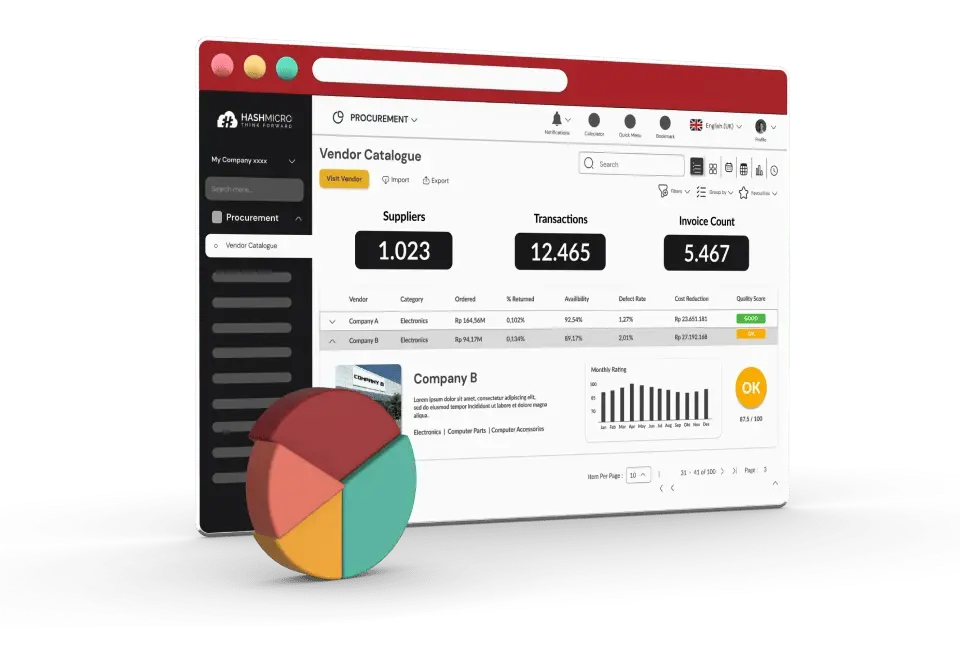
Preventing Maverick Buying goes beyond enforcing strict policies; it requires an integrated approach powered by technology. Manual processes and scattered data create loopholes that lead to unauthorized purchasing and unnecessary spending.
With HashMicro’s ERP and Procurement Software, businesses gain real-time visibility, automated workflows, and centralized control to effectively eliminate Maverick Buying. HashMicro is an all-in-one ERP solution designed to streamline enterprise procurement processes and achieve significant procurement savings.
By automating approvals, centralizing vendor management, and integrating financial data, HashMicro ensures that every purchase meets compliance standards, reduces maverick spend, and improves overall cost efficiency.
Key features that help prevent maverick buying:
- PO, RFQ & PR management
By managing purchase requests, quotations, and orders in one system, you make it almost impossible for unauthorized purchases to slip through. Everything follows a straightforward process, reducing compliance risks. - PR approval management
Maverick Buying often happens when approvals are delayed or skipped. Automated approval workflows ensure every request gets the green light from the right people before moving forward. - Online portal for suppliers
Working with approved suppliers is essential to prevent off-contract buying. The supplier portal makes it easy for your team to order only from trusted vendors on a centralized platform. - Vendor/supplier rating
Not all suppliers deliver on their promises. With vendor ratings, you can track performance and keep Maverick buying in check by sticking to reliable partners. - Blanket order management
When teams need recurring supplies, ad-hoc purchases often happen outside the system. Blanket orders allow you to create long-term agreements, keeping everything within policy.
Conclusion
Maverick Buying might seem harmless at first, but for large businesses, it leads to compliance issues, hidden costs, and financial risks. The good news? You can stop it with the right tools and strategy.
With HashMicro’s procurement software, your company gains complete visibility, automated approval flows, and vendor control, ensuring every purchase follows company policies. No more unauthorized buying, no more financial leaks just streamlined, compliant procurement.
Ready to see how it works?
Book your free demo with HashMicro today and discover how our solution helps you reduce costs, improve compliance, and simplify procurement.

FAQ Maverick Buying
-
What is the difference between tail spend and maverick spend?
Tail spend is the purchase of low-volume and low-cost items by employees without purchase orders or pre-approval, although employees may buy items from pre-approved suppliers. Maverick spend means employee purchases outside the formal procurement department processes and policies.
-
What is maverick spending in procurement?
Maverick spending in supply chain is employee spending that doesn’t adhere to formal procurement processes or policies and is often uncontrolled, out-of-contract spending that isn’t approved before making an expenditure.
-
What are the three types of purchasing?
The three main types of procurement are direct goods or services, indirect goods or services, and professional services. Each type provides its own benefits depending on the needs of your company so be sure to consider each one carefully when making a decision about which is best for you.







